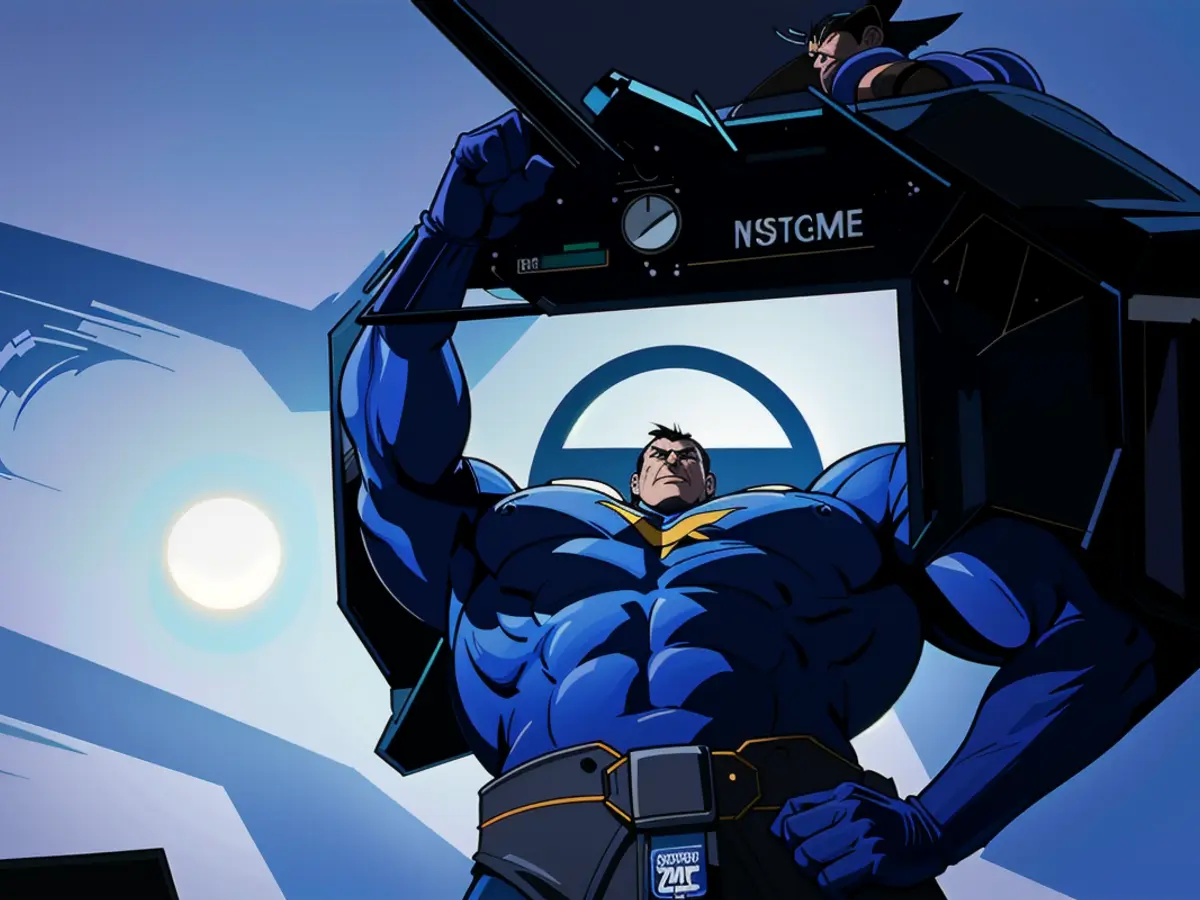Potentially, Nvidia Shares May Witness a Slump in 2025 - Insights from Past Market Trends.
Investing comes with no guarantees, that's a universal truth we all have to accept. Some investments carry low risks, while others have a high potential for failure. When buying stocks, it's crucial to weigh the potential upside against the potential downside. Today, Nvidia (NVDA, 4.43%) is a topic of contention among investors. Bulls are optimistic about the stock's future, expecting it to continue its upward trend in 2025. Bears, however, believe the stock is overvalued and is due for a crash. Predicting the future is impossible, but let's explore the likelihood of a Nvidia crash in 2025 and consider if buying the stock is a wise decision.
A glimpse into Nvidia's history
While Nvidia has boasted impressive stock performance in the past three decades, achieving a 335,000% growth since its IPO in 1999, it's also had its fair share of crashes. If we define a crash as a drawdown of 50% or higher, Nvidia has experienced four such crashes: in 2001, 2008, 2018, and most recently in 2022. This inconsistent investor behavior is not unusual, even for high-performing businesses. Furthermore, as a company operating in the cyclical semiconductor industry, Nvidia is affected by inconsistent demand from customers, which leads to volatility in profit margins and revenue.
Assessing the current market context
Nvidia is currently in an upward trend in its product cycle. Revenue is surging due to the rising demand for artificial intelligence (AI) applications. Moreover, Nvidia's operating margin is at an all-time high of 63%, indicating that the company is enjoying substantial price increases driven by the insatiable demand for its AI products. However, this trend is unlikely to last indefinitely. As Nvidia's supply of semiconductors catches up with customer demand, revenue growth slows, and the semiconductor cycle turns.
Is Nvidia stock a worthwhile investment?
With Nvidia's market cap of $3.5 trillion and a P/E ratio of 54, close to double the S&P 500's average P/E of 30, it's tough to ignore the stock's high price tag. The company has demonstrated a track record of long-term revenue growth, but the current high operating margin may soon revert to a lower level as the AI boom subsides. Should supply catch up with demand, as it inevitably does in the semiconductor industry, selling prices and profit margins per chip are likely to decrease, leading to earnings headwinds.
As much as we value the company's promise, we should be cautious about the high expectations and the cyclical nature of the semiconductor market. If you are interested in buying Nvidia stock, it may be a better idea to wait and purchase during an eventual market downturn rather than close to the peak.
Given the history of Nvidia's stock, which has experienced significant crashes in 2001, 2008, 2018, and most recently in 2022, careful consideration of finance and investing principles is crucial. Investing in Nvidia, with its high-risk potential, requires careful assessment of the upside against the downside, considering the cyclical nature of the semiconductor industry and the market's volatility.
Given the high price tag of Nvidia's stock, with a market cap of $3.5 trillion and a P/E ratio of 54, close to double the S&P 500's average P/E, investors should carefully manage their finance and consider the potential for earnings headwinds once supply catches up with demand and selling prices and profit margins per chip decrease.








